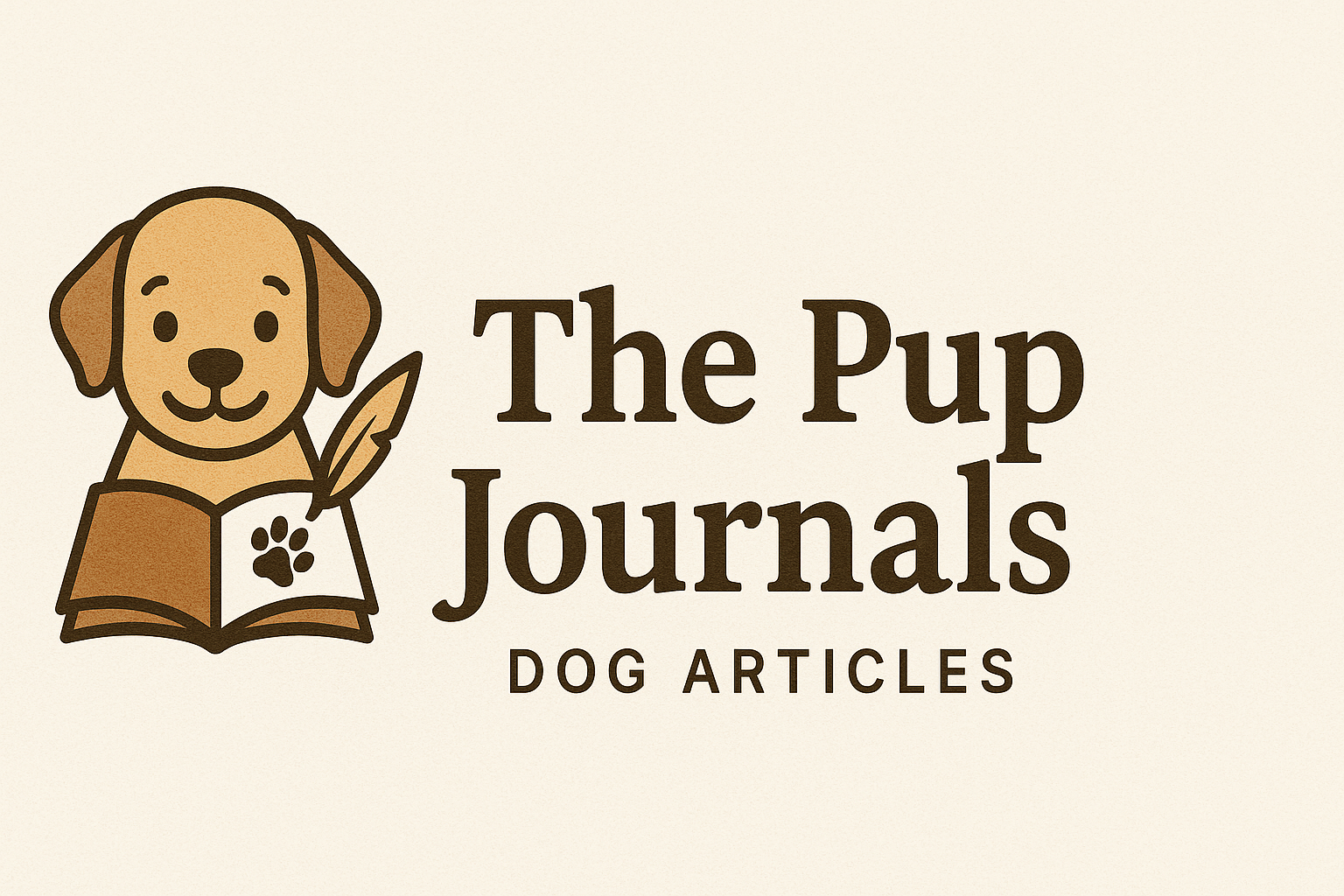
Table of contents
- Introduction
- Why Proper Feeding Matters
- Understanding Your Dog’s Nutritional Needs
- Choosing the Right Type of Food
- Reading Dog Food Labels
- Setting a Consistent Feeding Schedule
- Determining Portion Sizes
- Hydration: Water Is Essential
- Transitioning to New Food
- Special Considerations: Puppies, Elders, and Breeds
- Treats and Snacks: Moderation Is Key
- Avoiding Common Feeding Mistakes
- Homemade vs. Commercial Diets
- Monitoring Your Dog’s Health and Weight
- Consulting Your Veterinarian
- Wrapping Up: Your Plan for Success
- Conclusion
Introduction
Knowing how to feed your dog right makes a big difference in their health and happiness. In this guide, we cover every key step. You learn about balanced nutrition, the best types of food, and smart feeding routines. The tips here stay clear and easy. They help both new and experienced dog owners. Follow these steps to give your dog the best care possible.
Why Proper Feeding Matters
Proper feeding boosts your dog’s energy. It supports healthy growth and strong immunity. When you know how to feed your dog, you reduce risks of obesity, digestive issues, and other health problems. Good nutrition also helps your dog live a longer life. Plus, a well-fed dog is calm, playful, and eager to learn.
Understanding Your Dog’s Nutritional Needs
Dogs need proteins, fats, carbs, vitamins, and minerals.
- Proteins build muscles and repair tissue.
- Fats give energy and support brain health.
- Carbs fuel daily activities.
- Vitamins & Minerals keep bones strong and immune systems sharp.
Check your dog’s age, weight, and activity level. These factors shape the right balance. Always read labels to match needs.
Choosing the Right Type of Food
Commercial dog foods break down into three categories:
- Dry Kibble – Easy to store, clean, and feed.
- Wet Canned Food – Tasty, with more moisture.
- Raw or Fresh Food – Closer to a natural diet.
Each has pros and cons. Dry kibble often costs less and helps clean teeth. Wet food packs more juices but can spoil faster. Raw diets may require careful handling. Think about your lifestyle and budget when deciding how to feed your dog best.
Reading Dog Food Labels
Labels reveal key details. Look for:
- AAFCO Statement – Shows the food meets nutritional standards.
- First Ingredient – Should be a named protein (chicken, beef, lamb).
- Guaranteed Analysis – Lists protein, fat, fiber, and moisture percentages.
- Additives – Vitamins and minerals added for balance.
Avoid vague terms like “meat by-products.” Clear labels mean safer, higher-quality choices for your pet.
Setting a Consistent Feeding Schedule
Routine helps digestion and behavior.
- Puppies (under 6 months): 3–4 meals per day.
- Adults (1–7 years): 2 meals per day.
- Olders (7+ years): 1–2 meals per day, depending on health.
Feed at the same times daily. Consistency prevents hunger-driven bad habits. It also makes potty training easier. Always remove food after 20 minutes to avoid overeating.
Determining Portion Sizes
Portion size depends on your dog’s weight and activity. Most dog food brands include feeding charts. Start there, then watch your dog’s weight.
- If your dog gains weight, cut portions by 10%.
- If your dog loses weight or seems hungry, add 10%.
Use a kitchen scale or measuring cup. This accuracy is key to healthy weight. Record your dog’s daily intake to spot trends early.
Hydration: Water Is Essential
Clean water is as crucial as food. Dogs need fresh water available at all times. In hot weather or after play, they drink more. Change water twice daily to keep it fresh. If you travel, pack a portable water bowl. Proper hydration aids digestion, temperature control, and overall health.
Transitioning to New Food
Switching foods too fast can upset your dog’s stomach. Follow this 7-day plan:
- Days 1–2: 25% new, 75% old food
- Days 3–4: 50% new, 50% old food
- Days 5–6: 75% new, 25% old food
- Day 7: 100% new food
Watch for signs of intolerance like loose stools or vomiting. If you see problems, slow down the transition and consult your vet.
Special Considerations: Puppies, Elders, and Breeds
- Puppies: Need more protein and calories per pound. Choose puppy-formulated food.
- Elders: Often require lower-calorie diets with joint support supplements.
- Breed-Specific Needs: Large breeds may need glucosamine for joints. Small breeds benefit from smaller kibble.
Always adjust feeding based on life stage and breed traits. This ensures how to feed your dog advice stays personalized and effective.
Treats and Snacks: Moderation Is Key
Treats help with training and bonding. Yet too many treats can harm health. Keep treats to less than 10% of daily calories.
- Use healthy options: carrot sticks, apple slices (no seeds), or commercial low-calorie treats.
- Reserve treats for training success, not free-for-all snacking.
This balance keeps your dog eager to learn and avoids weight gain.
Avoiding Common Feeding Mistakes
- Free Feeding: Leaving food out all day leads to overeating.
- Table Scraps: Human food often contains salt, spices, or bones that harm dogs.
- Ignoring Allergies: Watch for itching, ear infections, or GI upset. Switch foods if allergies appear.
Stick to a solid plan on how to feed your dog to prevent these pitfalls and maintain health.
Homemade vs. Commercial Diets
Some owners prefer homemade meals. You control ingredients but must ensure vitamin and mineral balance. Consulting a veterinary nutritionist is smart. Homemade diets often include:
- Lean meats (chicken, turkey, fish)
- Rice or sweet potatoes
- A mix of dog-safe veggies
Commercial diets provide complete nutrition in every bite. They save time and reduce risk of imbalance. Either choice works with proper planning and vet guidance.
Monitoring Your Dog’s Health and Weight
Weigh your dog monthly. Keep a simple log of weight, food type, and portion sizes. Check body condition score:
- Ribs: You should feel ribs under a thin layer of fat.
- Waist: A visible waistline behind the ribs.
- Abdomen: Tucked-up belly.
If you see any signs of weight gain or loss, adjust portions or activity level. Regular vet check-ups help catch issues early.
Consulting Your Veterinarian
Your vet knows your dog’s unique needs. Discuss diets, portions, and any health issues. They can recommend:
- Prescription diets for allergies or kidney disease
- Supplements for joint health or skin support
- Specialized feeding tools for picky eaters
Follow veterinary advice to fine-tune how to feed your dog with medical precision.
Wrapping Up: Your Plan for Success
Feeding your dog well takes planning, monitoring, and adjustments. Remember these key points:
- Choose quality food that meets AAFCO standards.
- Stick to a consistent schedule and portions.
- Keep fresh water available.
- Transition foods slowly.
- Use treats wisely.
- Monitor weight and health monthly.
- Consult your vet for tailored advice.
By following these steps, you master how to feed your dog in a way that supports health, energy, and happiness.
Conclusion
Learning how to feed your dog properly sets the foundation for a long, joyful life together. With clear routines, balanced nutrition, and vet support, you can enjoy every wag, bark, and cuddle. Keep the focus on quality ingredients, smart portions, and consistent care. Your dog will thank you with boundless love and good health for years to come.
Refernces : PetMD
Read More : Why My Dog Eats Grass All the Time? Understanding This Common Behavior

